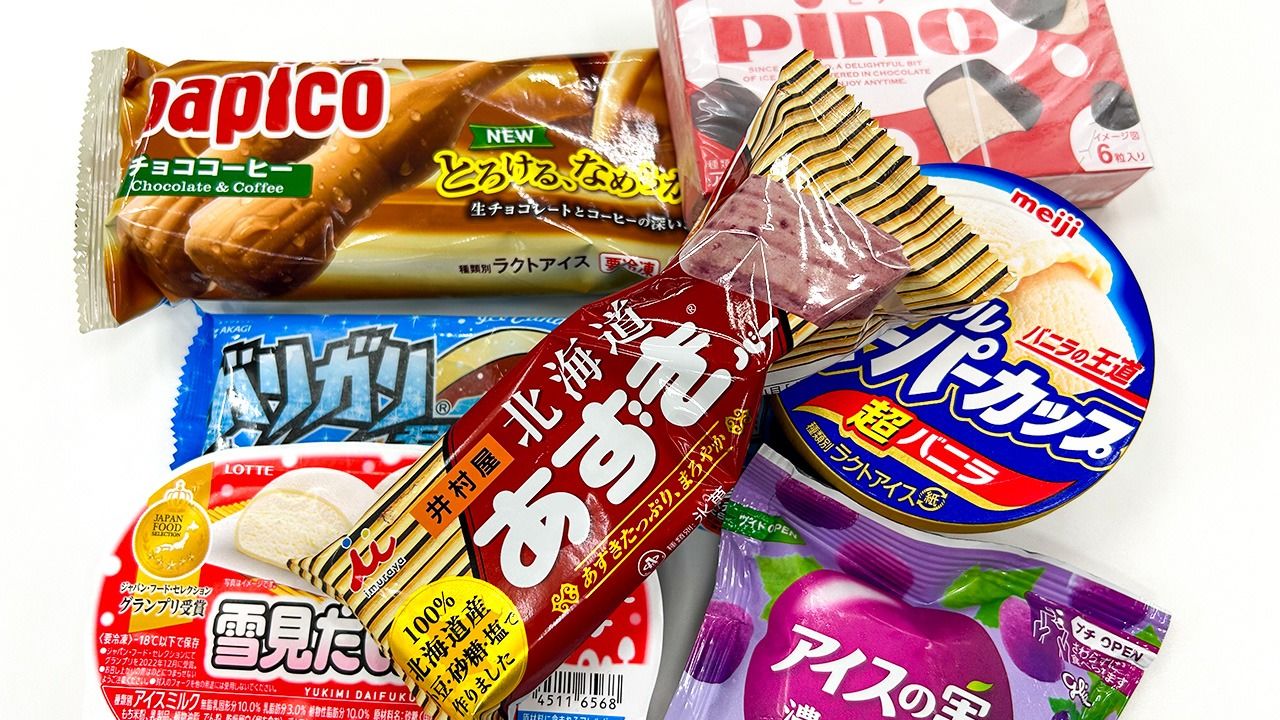
Overseas Demand Drives Up Exports of Japanese Ice Cream
Economy Lifestyle Food and Drink- English
- 日本語
- 简体字
- 繁體字
- Français
- Español
- العربية
- Русский
Overseas demand for Japanese ice cream is on the rise. Trade statistics from the Ministry of Finance show that the ice cream export value in 2023 increased year on year by 23.5%, to ¥8.0 billion, marking a record high. By volume, 10,138 tons was exported, for a 19.8% increase over the previous year. Exports have risen steadily over the past decade.
In 2023, 80% of all exports were to Asia, with Taiwan accounting for 30.6%, followed by Hong Kong at 16.1%, and China at 15.9%.
According to Meiji, a food company that has been exporting ice cream to Taiwan since 1995, its main export markets are in Asia, starting with Taiwan, followed by Hong Kong and then Singapore. The volume of exports has been growing over the medium to long term, with exports in fiscal 2023 exceeding those of the previous year.
The company notes that logistical costs are higher for exporting ice cream, including the need for ships equipped with refrigeration facilities, so its Essel Super Cup Series is 1.5 to 2 times more expensive overseas than its tax-included price of ¥172 in Japan. A company spokesman commented that, “Our products are selling well even though they are at the mid- to high-end range of ice cream sold overseas, so we would like to continue to expand our business in Asia.”

Flavors in the Essel Super Cup line up of Meiji ice cream sold in Taiwan and other overseas markets. From left: Matcha, vanilla, and chocolate cookie. (Courtesy Meiji)
A representative of the Japan Ice Cream Association, an industry group, says that the popularity of ice cream overseas is linked to Japan’s food culture. “When it comes to vanilla, Japanese ice cream is not so different, but there is a good range, including not only matcha and adzuki red bean ice cream but also such products as ice cream wrapped in mochi dough. The popularity of these uniquely Japanese tastes among overseas consumers is expanding demand.”
(Translated from Japanese. Banner photo: The variety of Japanese ice cream products has made them a hit overseas. © Nippon.com.)


